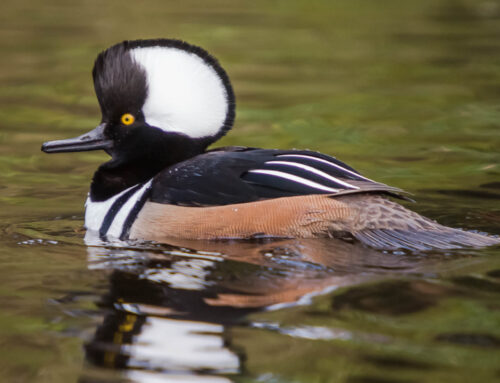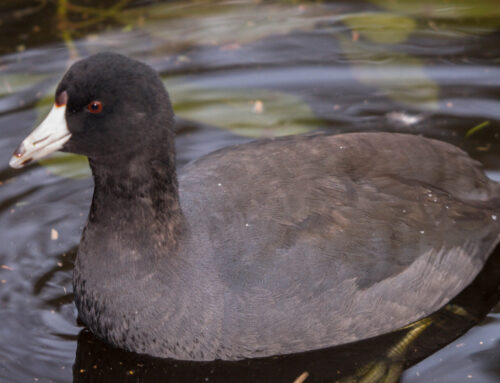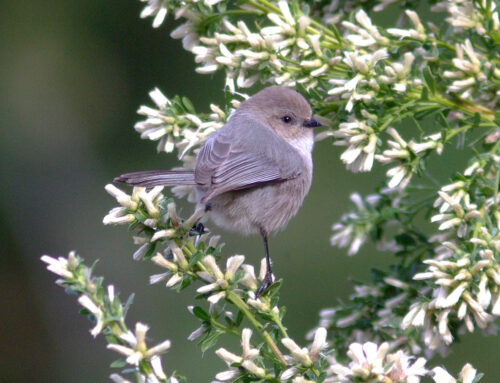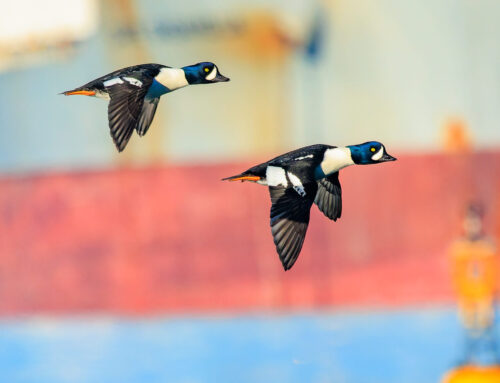Common Name
Great Blue Heron
Species Name
Ardea herodias

©2007 Don Enright
Appearance
0.9-1.4 m length | 1.6-2.0 m wingspan | 2.1-2.5 kg weight
Adult Great Blue Herons are large birds with a long grey neck, a thick pointed dark-yellow bill, and a blue-grey body with shaggy-looking plumage. Adults have a white head with a black stripe extending from above their eye to the back of their head, and dark flight feathers underneath their wings. The Pacific Northwest subspecies that nests in Vancouver, A. h. fannini is slightly smaller and darker than other subspecies, and does not migrate far from its breeding range.
Juvenile Great Blue Herons have a brownish-coloured body, a dark tail, and a less-defined dark stripe above the eye extending to the back of the head, with a less shaggy overall appearance.
Habitat / Behaviour
Piscivore | Marshes, lakes, swamps, tidal grass flats | Lives up to 24 years
Lives in a variety of aquatic habitats including freshwater lakes, marshes, swamps, as well as saltwater habitats including coastal shorelines and tidal grass flats. They also can be found in grasslands and agricultural fields.
Great Blue Herons are skilled hunters and can often be seen stalking prey in shallow water. They use their strong bill and mandibles along with their long neck to quickly strike or jab at prey, either catching them in their bill, or using their bill to impale larger prey. Their diet consists mainly of fish, amphibians, insects, reptiles, and small mammals.
Breeding
Seasonally monogamous | Tree or ground nest | 2-6 pale blue eggs | 1-2 sets of young per year
Great Blue Herons usually nest in trees above water, but will also nest on the ground, bushes, and platforms. Males collect nest material including twigs and branches, and females weave the nests into an oval-platform shape, which is lined with vegetation including grass, moss and small twigs.
Great Blue Herons usually nest in colonies, which can consist of over 500 individual nests. Nests are often repaired and used over multiple breeding seasons.






